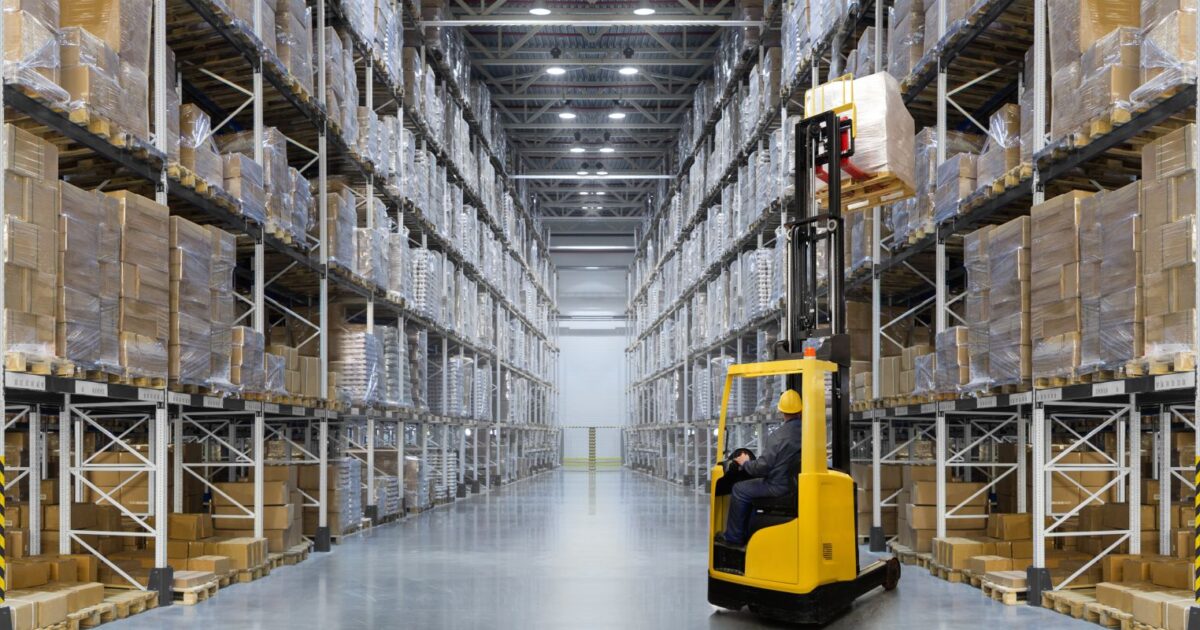Over the past 25 years, India has witnessed significant changes and advancements in the supply chain domain. We examine a few key factors that impacted the supply chain in a huge way.
- Liberalisation of the Indian economy in the 90s decade – The then government of India introduced a slew of policies ushering India on the global map. These economic liberalization policies led to the opening up of the Indian market, encouraging foreign investments and promoting global trade. As a result, supply chains became more integrated with international markets.
- E-Commerce revolution – The rise of the e–commerce sector revolutionised retail and logistics. The e-commerce companies pushed for efficiency in supply chain through efficient networks, robust processes for managing high volume of orders at less than half the TATs of traditional companies, and development of the last mile.
- From godowns to modern warehouses and fulfillment centres – The growth of e-commerce and organised retail led to the concept of omni-channel, leading to rising demand for modern warehouse buildings with high ceilings, racking, shelving etc. Companies are now investing in state-of-the-art facilities and implementing advanced inventory management systems to optimize storage, order fulfillment, and logistics operations.
- Development of Infrastructure– Over the last decade, India has made substantial progress on the infra front, including road networks, ports, airports, and logistics parks. This has improved transportation and connectivity, reducing transit times and costs in the supply chain.
- Implementation of GST – GST is said to be a game-changer in more ways than one. Implemented nation-wide 6 years ago, GST replaced multiple state and central taxes, simplifying tax compliance, and removing inter-state checkpoints. Companies re-looked at their supply chain networks bringing down the number of stock points and stock depots. This streamlined the movement of goods across the country, reducing transit times and logistics costs.
- Technology and Automation – From limited information in the chain, advancements in technology have led to real time visibility in the supply chain. The use of automation, digitization, and information systems such as Warehouse Management System, Transport Management System, Planning and Forecasting automation etc. has enhanced operational efficiency, inventory management, and demand forecasting.
- Emergence of organized 3PL (Third Party Logistics) players – The organized 3PL players came with professional management, adoption of technology, pan India network, and offered integrated services, allowing businesses to focus on their core competencies.
- Sustainability and Green Supply Chain – In recent years, there has been a growing emphasis on sustainable practices in the supply chain. Companies are adopting eco-friendly packaging, optimizing transportation routes, and implementing green initiatives to reduce their carbon footprint and meet the changing consumer demands. Many companies and 3PL service providers have integrated Electric Vehicle in their Last Mile Operations. Use of Multi-modal logistics (Waterways and Railways) will also reduce the traffic on roads, curb pollution and help in sustainable transport.
- Government Initiatives – The government through its National Logistics Policy and PM Gati Shakti has launched several initiatives to promote supply chain efficiency and ease of doing business. Programs such as Make in India, Digital India, and Atmanirbhar Bharat have focused on enhancing manufacturing capabilities, promoting digitalization, and encouraging local production, respectively.
These are interesting times for the supply chain and logistics professionals in India. Factors such as economic reforms, technological advancements, changing consumer behavior, and government initiatives, have resulted in improved efficiency, reduced costs, and greater integration with global supply chains, positioning India as a significant player in the global marketplace.









